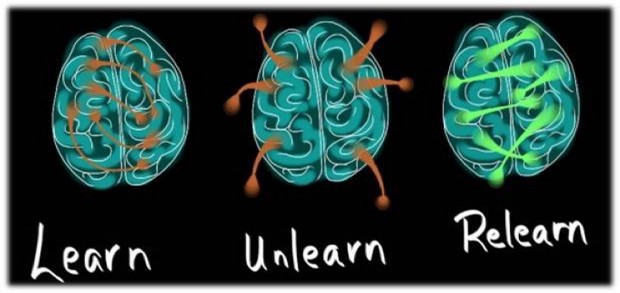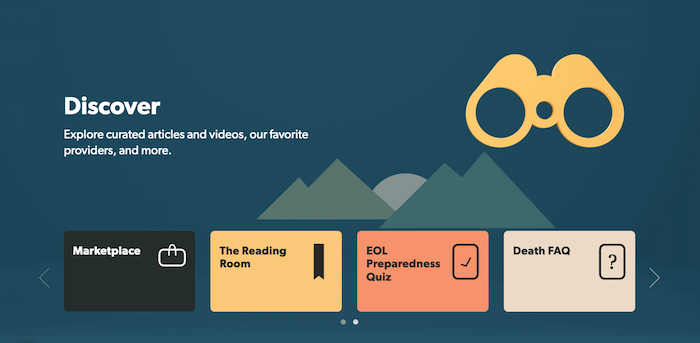
By Richard Smith
Kevin Toolis, author of the beautiful My Father’s Wake, would agree with the surgeon Atul Gawande that we have forgotten how to die. Toolis’s core argument is that his forebears on an Atlantic-lashed island off the west coast of Ireland had a familiarity with death that meant that they knew how to die. Unfortunately, what he calls the Western Death Machine has destroyed that familiarity, leaving us with an existential dread of our inevitable mortality. But he ends the book with a call for rediscovery of how to die, although recognising that “It’s harder than you think to break away from the blinding of the Western Death Machine. In fact, it’s the work of a lifetime.”
The book is constructed around the death, wake, funeral, and burial of Sonny, Toolis’s father, an ordinary but much loved man who had 300 people at his funeral. (As I read that, I thought of funerals I’ve attended with just one or two people and of David Bowie being whisked off without any funeral.) Sonny, who had spent much of his life away from Dookinella, the village where he was born, returned there to die. The dying and those who care for them are not alone: family, friends, villagers, and children are there.
Toolis describes standing beside his unconscious dying father: “We were becalmed. Waiting for his heart to stop, the wake, his funeral, the church, the grave. Waiting for the death of this very ordinary man. Waiting, I thought, to start again. Resume Life. As it turned out, nothing else I have ever done or will do was more important than those precious days.”
Those days were precious because Sonny retaught Toolis how to die. Toolis had experienced the horrors of the Western Death Machine when his brother died young of leukaemia. He could make no sense of that death and launched into a desperate attempt to make sense of death by, as a journalist and filmmaker, interviewing families in Northern Ireland and Palestine whose family members had been killed by terrorists or the Israeli army or whose children had blown themselves up. These experiences produced powerful reports and films but no equanimity with death.
Sonny’s death and wake merged into each other. Given the last rites he died, and his sister and daughters washed the body and prepared him for his coffin. They washed the body of their father as the mother and wife of Hector washed his body after he was killed by Achilles; throughout the book Toolis draws parallels with the Iliad, emphasising how what is happening in rural Ireland has been happening across the world for thousands of years. There was no question of Sonny being spirited away to a funeral home.
With Sonny dressed and in his open coffin the wake could get into full swing. It would last until he would be carried to the church and then up the mountainside to his grave, two days and a night. Sometimes wakes would last longer if family had to return from abroad. Everybody is welcome at the wake. Toolis didn’t recognise many of those who came. Children play around the coffin. Everybody touches the corpse, and most kiss him. Food and drink are served. People talk about farming, the price of sheep, the weather, but they also tell stories. Death often features in the stories. Toolis hears one young man tell the story of working in a rich home in Essex and finding the owner having hanged himself.
An elderly woman tells the story of having to bury her stillborn child in the unconsecrated ground reserved for suicides and the stillborn. “Sonny’s corpse, his touchable deadness,” writes Toolis, “had made it harder to deceive ourselves of the shiny lies of daylight. So for a few hours, at least, we were free of the constraints of our daily dissembling….In those close watching hours upon the corpse a portal had opened, too, amongst the living, and we spoke without fear on the nature of what each had seen and felt on the shores of life and death.”
Perhaps the most surprising line in the book is a teenager saying to other teenagers after they have left a dance at 3 in the morning: “Shall we go back to the wake for the craic?” Many people outside Ireland are now familiar with the Gaelic word craic, which Wikipedia defines as “a term for news, gossip, fun, entertainment, and enjoyable conversation.” It’s unthinkable that teenagers in London would go to a room with a corpse for fun. It would be thought indecent. But at the wake the teenagers play “the ring,” one of the wake games (which were also played in the Iliad), which are a mixture of violence, kissing, and “libidinous foreplay.”
Death, as Toolis observes, can be a great aphrodisiac: “The coldness of a corpse has its own perverse existential aphrodisiac; nothing so encourages the animal within us, the hunger for sexual consummation, the need of the comfort of another warm body, than death’s present denial. We affirm ourselves in heat and flesh.” A central argument in the book is that by learning how to die we also learn how to live and love.
Once the wake is over, Sonny is carried to the church and then up the mountain to the grave that has been dug by local people. Toolis carries the coffin, along with his sisters (a development in the tradition). “The carrying of the dead, into and from the church altar and onto the grave, rests on the shoulders of their kin, hopefully their sons. To be carried by those of your own house to your grave is an ancient tribal blessing—a life and death hope, that you will multiply and prosper, bear children, die amidst your family, your community, and still be loved at the end of days. To carry the weight of your own dead, to link arm to shoulder with your brother pall bearer, whoever that might be, shuffling forward in three sets of pairs, in sight of the congregation, is another communal rite of the wake, another fusion of the individual within the wider community.”
There is nothing romantic or sentimental in Toolis’s account of his father’s death, wake, funeral, and burial, but already these traditional customs are disappearing in Ireland and are unknown in the big cities. Can they ever come again? Toolis ends his powerful book with a chapter on how to defeat the Western Death Machine and this challenge:
“You cannot step twice into the same river, ever newer waters flow around and beneath your feet. And we cannot all go back to the island, listen daily to the cowboy songs and the ‘deaths’ on the radio, and live on and die in the last full gatherings of this ancient Celtic rite. But we can carry much of the Irish Wake with us in our hearts. A rite that survived the fall of Troy and a thousand generations before the rise of the Western Death Machine can easily survive the retransplantation back to our cities of glass and concrete. We need to find our way again with death. To be human is to be mortal, and to be mortal is to love, live and die amidst the lives of everyone around you on the island or in the city. And to embrace rather than deny our mortal fate.”
Complete Article ↪HERE↩!






